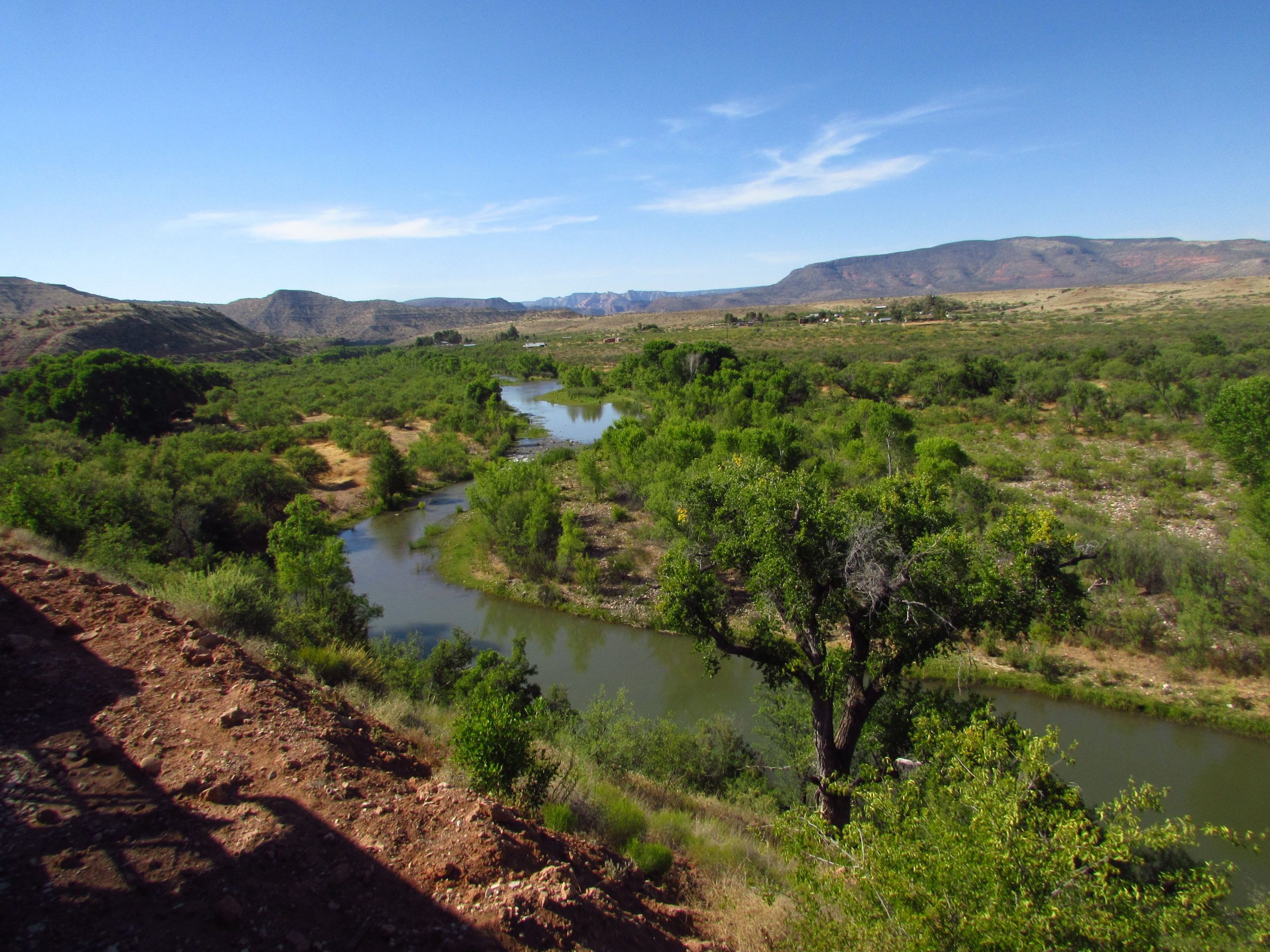Learn
by Nancy Steele
August 9, 2021
About 15 years ago when I was working for another river conservation group, I visited a creek to learn about a river improvement project. It had been raining, and while walking to the creek I saw lots of small toads.
In the creek, we rock-hopped to get a closer view. Then I slipped on a rock and smashed my little toe between some boulders. It hurt, but I gritted my teeth and finished the trip. When I got back to my car and took off my shoes, I was relieved to see no blood.
A few days later, though, I was in urgent care with an aching little toe and a red, swollen forefoot. I figured the problem was a cracked toe. Imagine my surprise when the doctor said I had an infection and needed antibiotics. How in the world did I get an infection in that foot?
And then I remembered. In addition to the toads on the trail, I had also seen piles of dog poop. Oh yes, E. coli! In the water. Yuck!
That was what you’d call a learning experience. Water in a flowing creek can harbor high levels of nasty, infectious bacteria.
When it rains, the rushing water picks up dirt and other stuff, carrying it all to the river. This causes the brown murky water we see after rainfall. While this is a natural process, human activities have led to an increase in the amount of sediment and pollutants that wash into the river.
The extra fine dirt particles can have a variety of bad effects, including degrading habitat for fish and invertebrates, clogging fish gills, decreasing visibility for aquatic wildlife and more. The water running off landscapes can also wash pesticides and nutrients in the river.
Almost 50 years ago, Congress adopted the Clean Water Act, directing that America’s waters were to be fishable and swimmable by 1983. Fishable and swimmable means that water quality should be good enough to provide “for the protection and propagation of fish, shellfish, and wildlife, and to provide for recreation in and on the water.”
How are we doing in the Verde? Is it safe to get in the water? Truthfully, we often don’t know.
In 2020, we released the first Verde Watershed Report Card. The Report Card was designed through a process in which we asked many people what they valued and what we would lose if the Verde stopped flowing. Then we identified the areas we would grade.
The Report Card graded the Verde in three areas: water, habitat, and community. Water was further divided into water quality, water supply, and water management. To understand water quality, we looked to the Arizona Department of Environmental Quality (ADEQ). This is the Arizona agency that handles implementing water quality standards.
For the Verde system, ADEQ data showed that water quality was generally good. But ADEQ had a low certainty that the data were accurate throughout the Verde River system. Some parts of the Verde are sampled regularly, like the Clarkdale to Cottonwood stretch that is monitored by the Verde River Institute, but other parts are sampled rarely or not at all. In the Report Card, water quality got an “A,” but our certainty about the quality of this information earned an “F.”
ADEQ samples and monitors water quality. Many groups also volunteer to collect water samples, and some have adopted stretches of the river for sampling. But there just aren’t enough people that are monitoring water quality throughout the Verde’s over 587 stream miles.
If we want to know if it is safe to get in the water, then we need to conduct regular tests in places where people are swimming, boating, and playing in the water. We need to test throughout the year, but especially around weekends when the population of river lovers swells. And we need a way to notify the public if it becomes temporarily unsafe.
Since the publication of the first Verde Watershed Report Card, Friends of the Verde River has been working with ADEQ and other partners. We will soon be engaging volunteers to do sampling in a part of Oak Creek that isn’t currently monitored.
We are hosting litter clean ups throughout the watershed. #PurdyVerde. We clean up litter to keep our waterways looking good and to protect wildlife from choking. Litter can also lead to poor water quality by changing chemical levels as it decomposes.
Friends of the Verde River is also reducing accelerated erosion throughout the watershed. We are finding and restoring erosion gullies. We install structures within gullies, like one-rock dams, to slow down water as it flows over the land. In that way it can’t carry as much sediment to the river. We have a team called the Gully Busters that will locate more gullies for us to heal.
If you’d like to volunteer in any of these areas, we’d love to hear from you! Click here to learn more and sign up to volunteer. We will be beginning a community science volunteer water quality monitoring program this fall, sign up to volunteer to stay in the loop!






